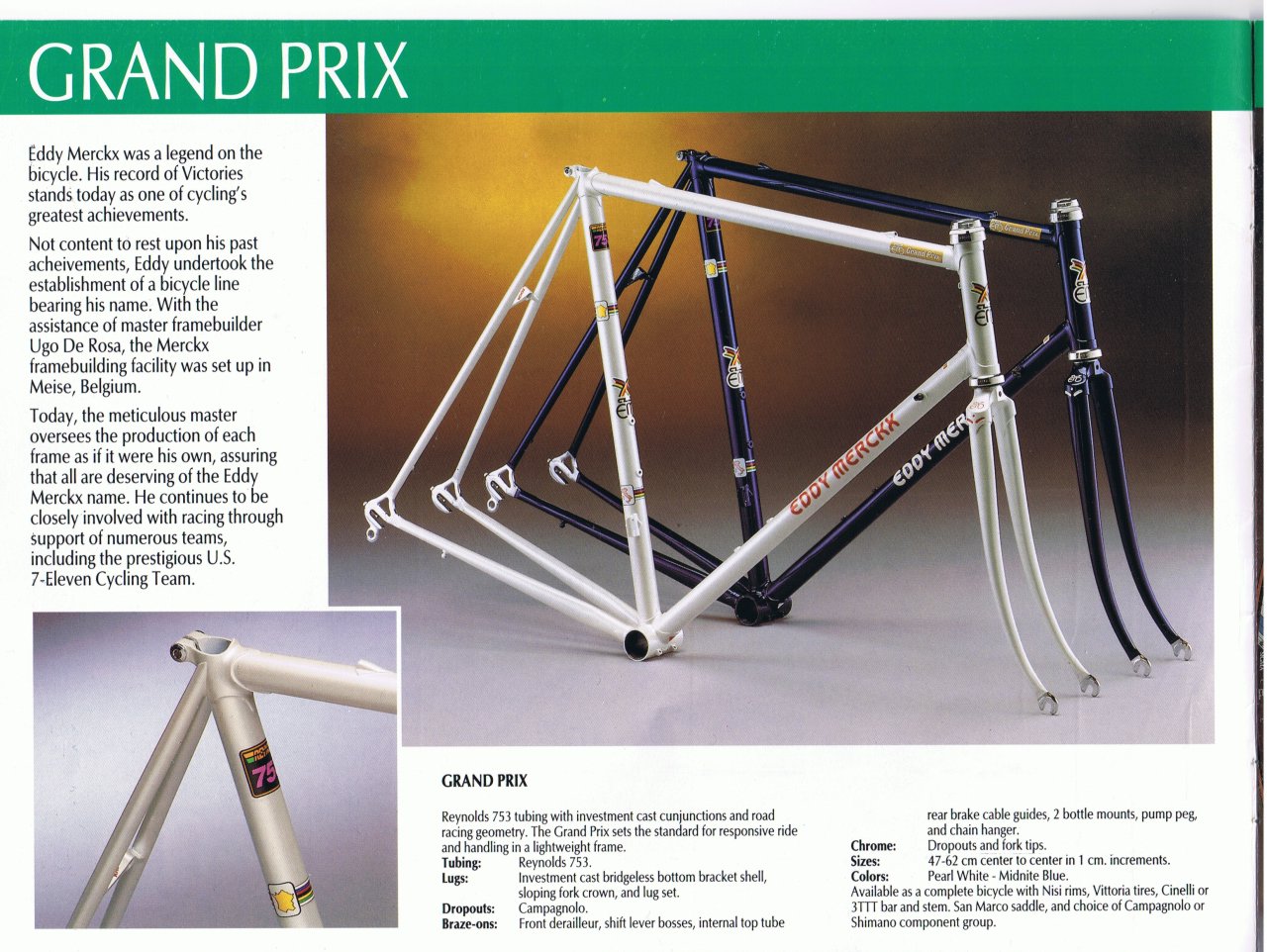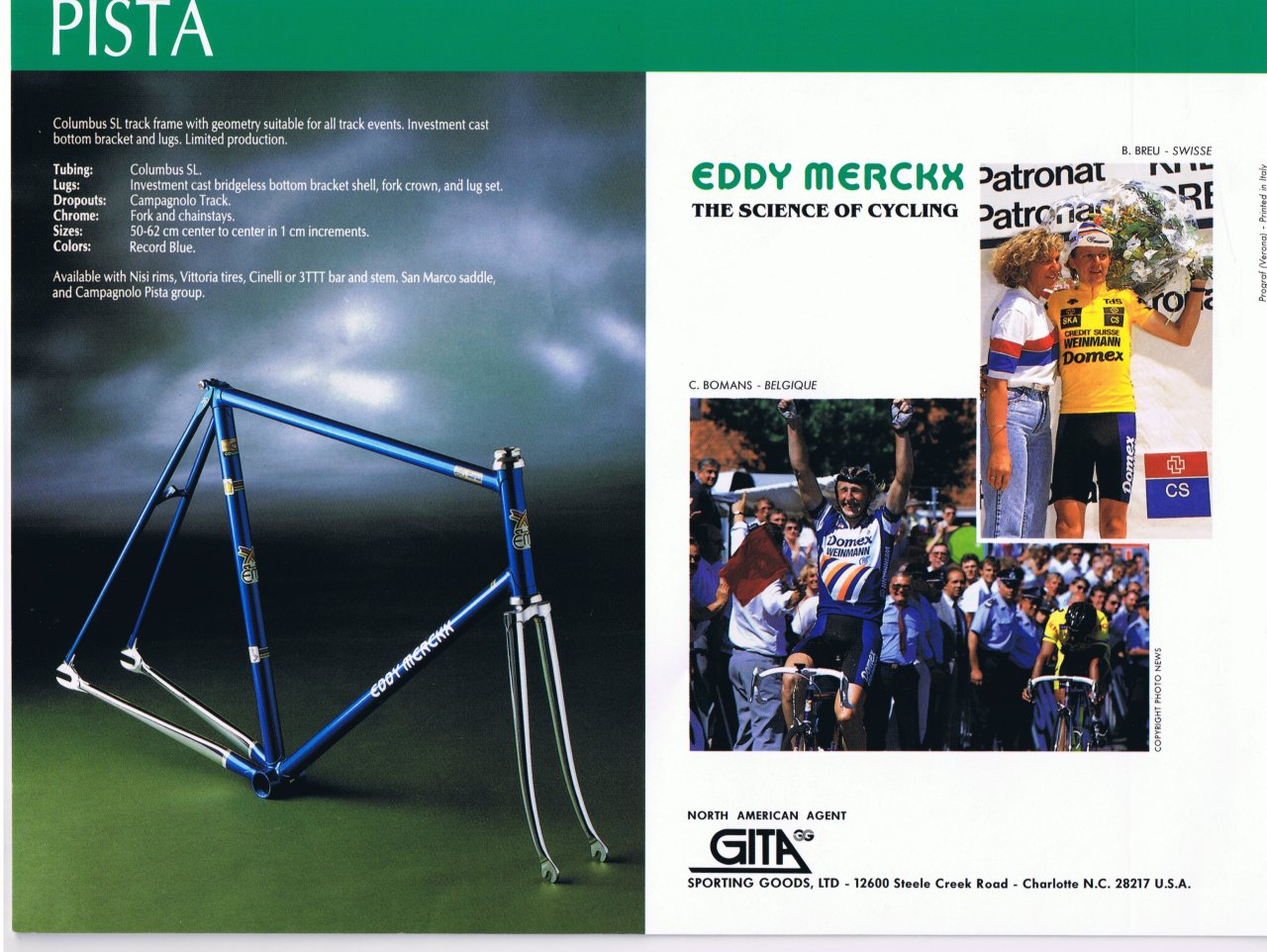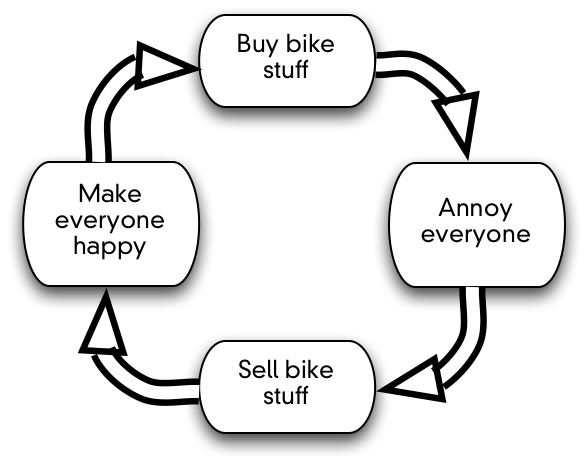2008 marks the 20th anniversary of Andy Hampsten's against the odds win of the 1988 Giro d'Italia. I can't speak of what coverage was like outside of the United States, but here in the US, every cycling related magazine has given the anniversary a ton of attention - which it warrants. With all the turmoil in the racing ranks the last few years, its great to remind people that there was a time it was easy to be proud to be a cycling fan.
As a fan of late 80's cycling, you know this sort of stuff is right up my alley. But I'm also a gear geek, so as you might imagine, I started wondering about just what the deal with his bike was. We've all read he was running a "prototype" 8-speed drive train. Just what does that mean? Production components just prior to release, or special, hand tweaked equipment?
If you're a reader of the Hampsten Cycles blog, you might have caught a short message about Taliah Lempert doing a painting of the Giro bike. Or if you ever pop by Taliah's Bicycle Paintings site (go do that now, and come back when you're done - I'll still be here), you might have seen the very cool series of paintings she's working on, showing various aspects of the bike.
There's a whole convoluted story, that involves a request to borrow some DA 7400 equipment I didn't have, then found but wasn't needed...basically, Taliah was nice enough to let me come by her studio to see the bike and take a couple of pictures. And then Steve Hampsten was nice enough to give me the OK on blogging about it. I made sure to get a good look at the component model numbers, and with a little help from some friends, figured out most of the components. Let's see what we have! As always, click any picture to see a larger version.
It's probably worth pointing out that this bike hasn't been stored away in some sealed time capsule for the last 20 years. From what I gather, its mostly original, but its possible some components have been changed.

The bike! Its not much of a secret that Andy's bike was built by John Slawta of
Landshark fame, to replace a Serotta built, Huffy labeled frame. The wheels its sporting are not the originals, but the bike is pretty much as-ridden otherwise. The original wheels were either FH-7401 or FH-7402 hubs, with a Uniglide cassette, laced to Wolber Profil 18 rims.
If you look closely, you'll see that the rear derailleur is an RD-7402. You can tell by the hidden cage pivot bolt, which wasn't found on the
RD-7401 or RD-7400. These wouldn't be available for some time after the 1988 Giro.

The front end. Cinelli Campione del Mondo, ie 66 bars. The size stamping was obscured by the computer, but they looked to be 42's. The stem is a Cinelli XA.
The brakes calipers are BR-7400's. The levers are BL-7401's. They don't have the return (SLR) spring the later BR-7402's have, but they are adjustable for tension via the allen bolts securing the lever to the body. Non-standard Shimano engraving.

Shimano FD-7400 front derailleur. FC-7400 cranks in 170mm, with PD-7401 Shimano/Look pedals - which, by the way, are awesome pedals. I still ride the Ultegra version on one of my bikes.
Steve just informed me these aren't the original pedals. That being said, the originals would probably have been the same. And they're still awesome pedals.

The saddle is a Cinelli Volare SLX, mated up to a SP-7400 seat post.

Ok, now things are getting interesting! I wasn't able to maneuver around to see the model information on the levers when I was in the studio, but when I heard a friend of mine would be visiting the bike, I asked him to take a look at the shift levers, to see if he could figure anything out. Matthew + Roberto had better access, and were able to read the model number - SL-7401. Hand engraved on the inside of the lever is a '512', as seen in the above picture, courtesy of Roberto. SL-7401's were 7 speed levers; when 8 speed levers were introduced to the public, they were designated as SL-7402's.
The most likely scenario is that the lever in question contains modified or pre-production 8 speed guts, which would be a fairly easy item for Shimano to machine. These weren't regular production levers available to a pro early - these were levers being field tested to see how an additional cog would perform in a race as grueling as the Giro.
If you were wondering what components to hang on your new
Hampsten Cycles Landshark Replica, maybe the above will give you a few ideas. I highly recommend checking out
Diablo Scott's 7-Eleven Bike History page. About half way down, he has a scan of the Winning magazine feature on this very bike. Take a look at the bar tape, and then check out my pictures. Is that really the original bar tape on there? Good luck finding that pattern if you're building a replica!
Did I miss any components? (Cateye computer - and yes, thats the original one) Let me know. Don't forget to check out
Taliah's site and Steve's
Hampsten Cycles blog - they were both extremely cool about me taking pics, asking silly questions and being a nuisance.










